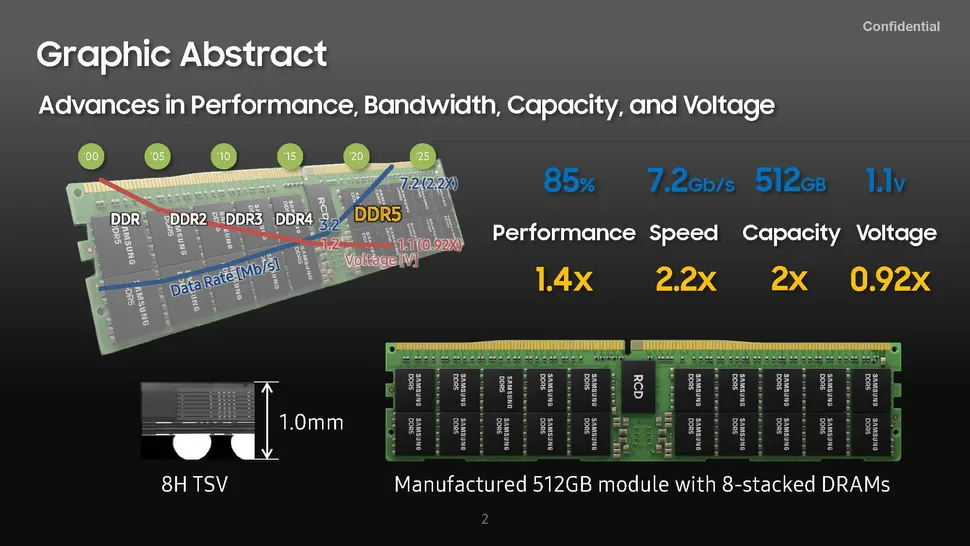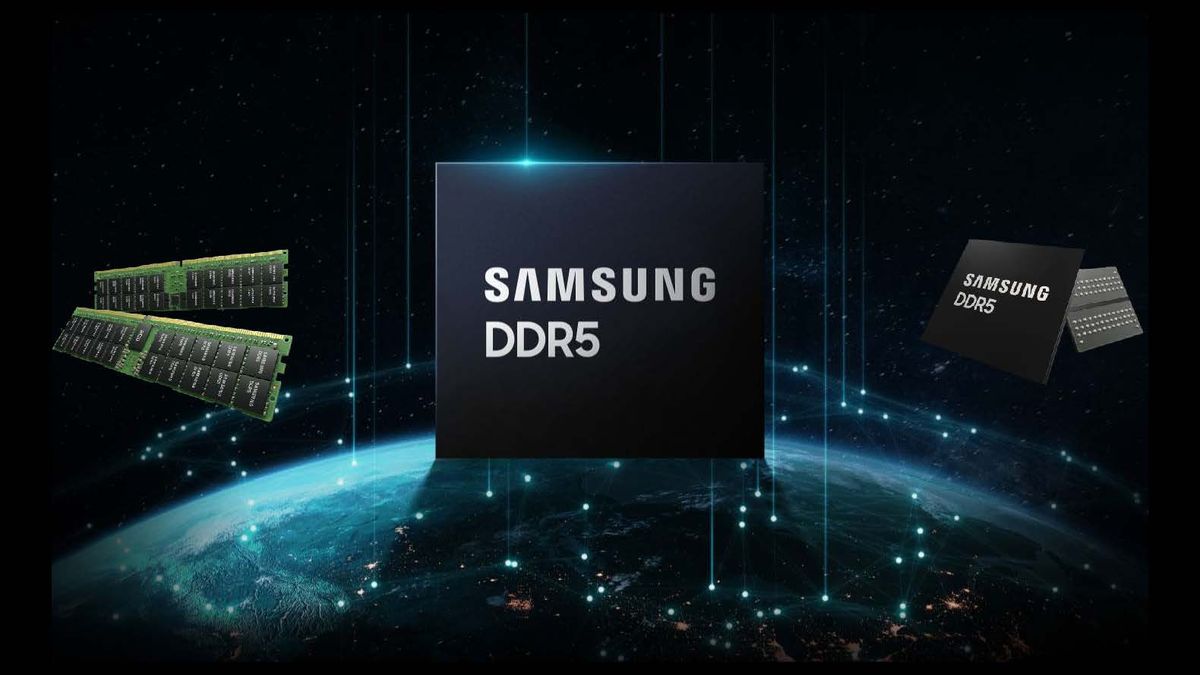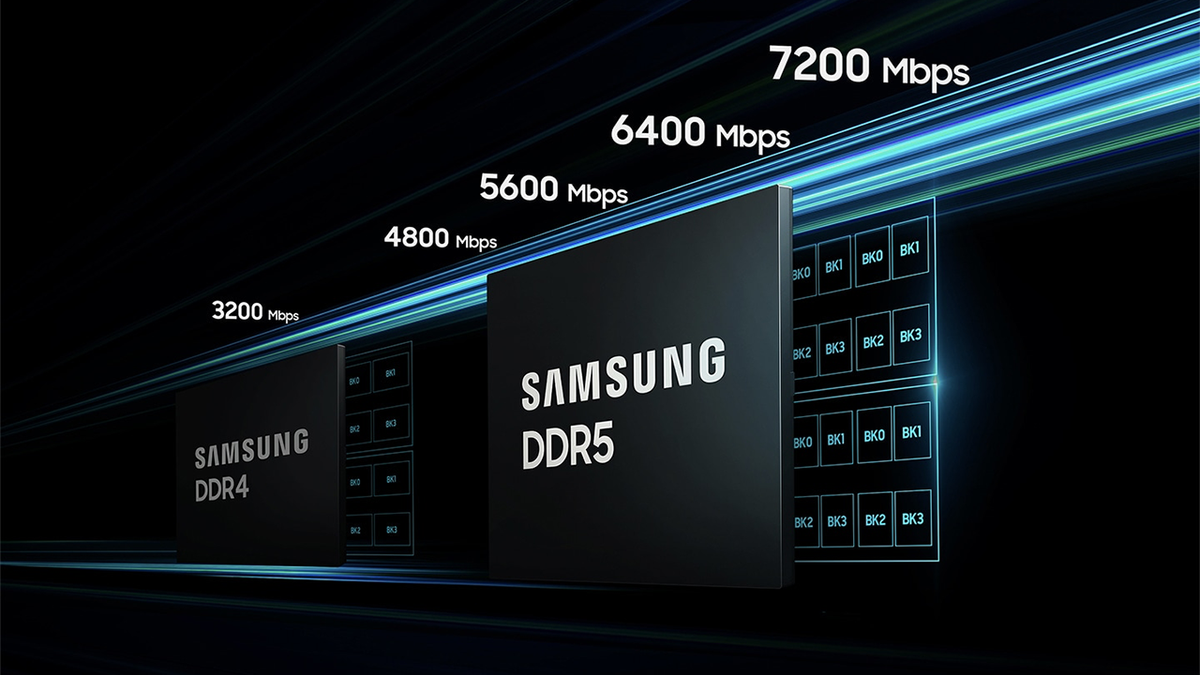Waiting for xmp bins is not needed. Firstly, the higher the bins, the looser the timings so that’s a path down diminishing returns. You then have another issue that buying a high xmp bin and leaving voltages on auto will boost them through the roof. No board manufacturer cares if you degrade your IMC. Their goal is get it to train and boot so you don’t call support.
Just like DDR4, ram itself is IC and PCB dependent. On top of that, DDR5 brings another variable, PMIC, due to the voltage controller now being on the sticks. So now you need to be aware of 3 variables which won’t be advertised on the box.
The next variable is your cpu and board. Not all cpu and boards will do the same tune. Silicon lottery exists on IMC’s as well. Boards of the same model and FW generally peak and behave the same though.
Back to the xmp lack of relevance. On ddr4, the c14-14-14 3200mhz bdie dual rank bin was plenty to max out Comet Lake at c14/4500-4600 depending on your IMC quality. You could have bought a xmp bin that was much higher on paper and twice the money but would end up at the same peak due to limitations of the IC, IMC and board. Memory is one area still where you can actually save a ton of money but at the same time get a lot of performance out of it.
DDR5 is no different. Here’s a perfect example. My buddy has this kit:
https://www.overclockers.co.uk/king...00c40-6000mhz-dual-channel-kit-my-29j-ks.html
This is his daily stable tune:
Now he could spend twice as much on something like this:
https://www.overclockers.co.uk/team...6400mhz-dual-channel-kit-black-my-0av-tg.html
And it would be a complete waste of money. That kit, since it’s the same IC, PCB and PMIC will end up at the same tune. That’s a lot of money saved.
Looking ahead, a few members of our group are testing a new IC that doesn’t even have a xmp profile. They’re literally green sticks. And those are now topping out at 7800-8000mhz on adl.
Another thing to note, secondary and tertiary timings on ddr5 are even more important to know and tune than ddr4. Keeping them loose/auto while focusing on frequency and primary timings will yield little performance.
All this means you’re going to see large deltas in performance between systems and their given levels of tune for adl and rpl. Upto 30%+ in cases.


 really not. If you buy into Raptor Lake now then you have to buy a new board for your next CPU. If you also decide to go DDR4 now then you need new RAM next time as well. If you buy into Ryzen 7000 now then you have 3 years at least of CPU support and RAM you can carry over.
really not. If you buy into Raptor Lake now then you have to buy a new board for your next CPU. If you also decide to go DDR4 now then you need new RAM next time as well. If you buy into Ryzen 7000 now then you have 3 years at least of CPU support and RAM you can carry over.





